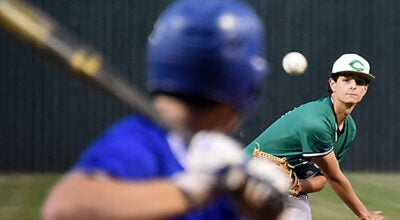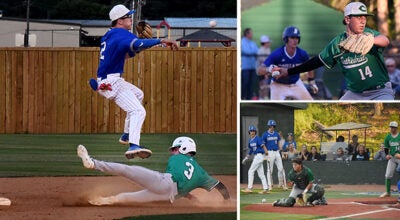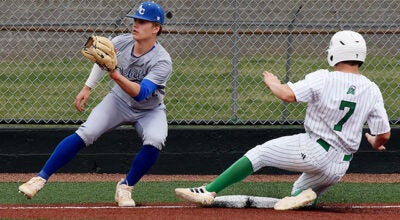Targeting rule requires much thought
Published 12:01 am Sunday, November 3, 2013
If there’s one thing we can take away from the implementation of college football’s targeting rule, it’s that not enough thought was put into it.
During the offseason, the powers-that-be decided to “revamp” the rule against targeting the head or neck area of a defenseless opponent, which has resulted in some controversy this season, to say the least. While the rule had already been in place for several seasons, beginning this year, it included a 15-yard penalty and an automatic ejection.
The ejection can be reviewed and overturned if the replay official determines the hit wasn’t targeting, but the 15-yard penalty remains.
Makes perfect sense, doesn’t it? A player should remain in the game because he didn’t target, but his team is still assessed a 15-yard penalty for something he was later determined not to have done.
How in the world did the decision-makers not think to include overturning the penalty itself if replay determines a player didn’t target? The SEC has already declared it will review the rule in the offseason, and I have to think the league will decide that, yes, being able to overturn the penalty makes too much sense.
In an attempt to clean up the game, the rule calls for referees to throw the flag when in doubt. But given the large number of targeting calls we’ve seen this season where the ejections have been overturned, it’s obvious instant replay is and should be a key component in enforcing the targeting rule.
One thing about these kinds of rules is that there always seems to be a trickle-down effect, where something begins in the pros, goes down to college and eventually makes its way to the high school level. Because of this, it’s possible we’ll see a variation of this rule in high school in the not-too-distant future.
If high school football is going to adopt a targeting rule, however, there needs to be much more thought put into its implementation than what we’ve seen in college football this year.
To begin, it’s important to note most high schools don’t have the money and/or resources necessary for instant replay. When you factor in a lack of instant replay, which has already proven so critical at the college level, it’s important to realize that you’re relying entirely on human judgment.
Which brings up the point of an automatic ejection. With no instant replay to back you up, any targeting rule should have no more consequences than the standard 15-yard penalty for a personal foul.
Many ejections have been overturned at the college level, indicating human judgment alone isn’t enough in this instance. There is simply too big a risk of throwing out a player who didn’t do anything wrong. If college officials can’t do it without the aid of replay, you can’t convince me high school officials should be allowed to.
This is especially true at the private school level, where smaller roster numbers means any potential ejection could put a team in a huge bind. It’s too big a risk — plain and simple.
We’ve already seen the negative effects of a targeting rule that didn’t get enough thought put into it this year in college football. Let’s not make that same mistake with high school football.





